Bath Taps
With our exquisite selection of bathroom faucets, you may unwind in the privacy of your sanctuary and get the look you've been going for. Our items are from well-known companies and have been evaluated by people just like you so that you can shop with complete assurance. We have a bathroom sink tap that works with any water supply. Find the bathroom faucets you desire now, whether you are a homeowner or a landlord, since we have a selection of designs to choose from and something to fit any budget.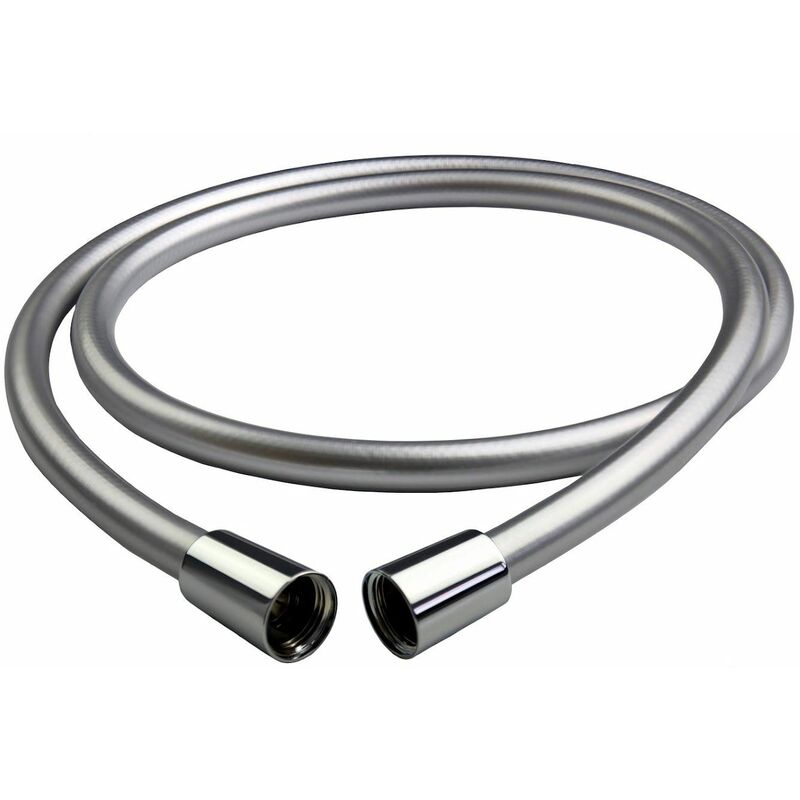
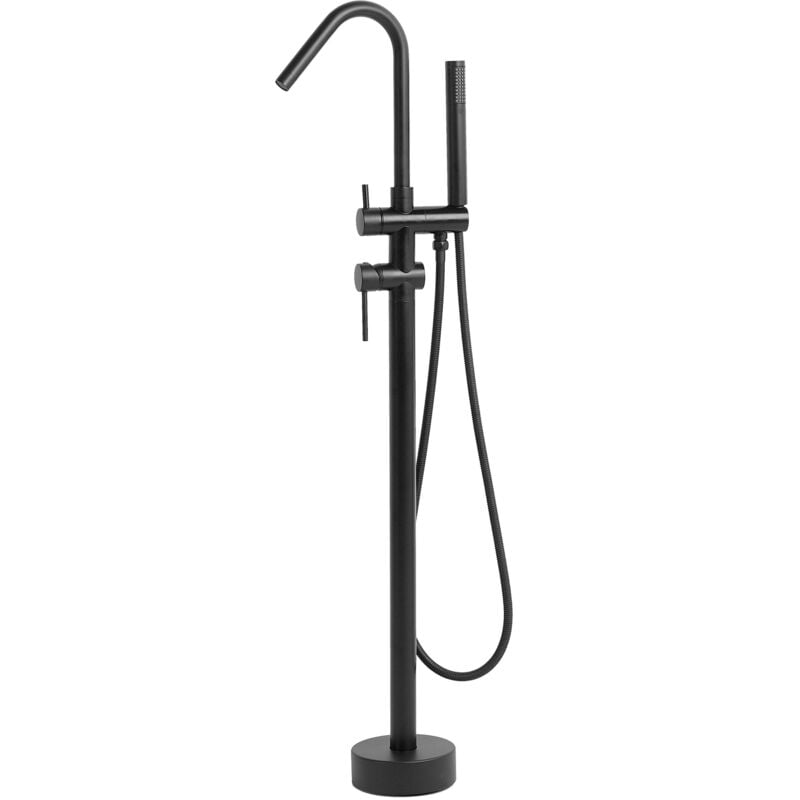
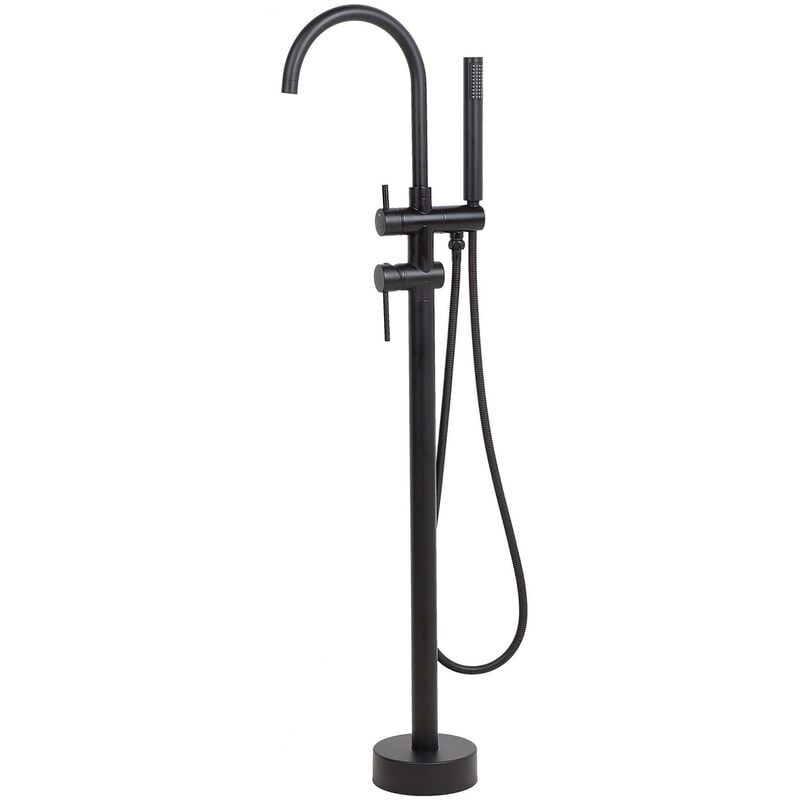
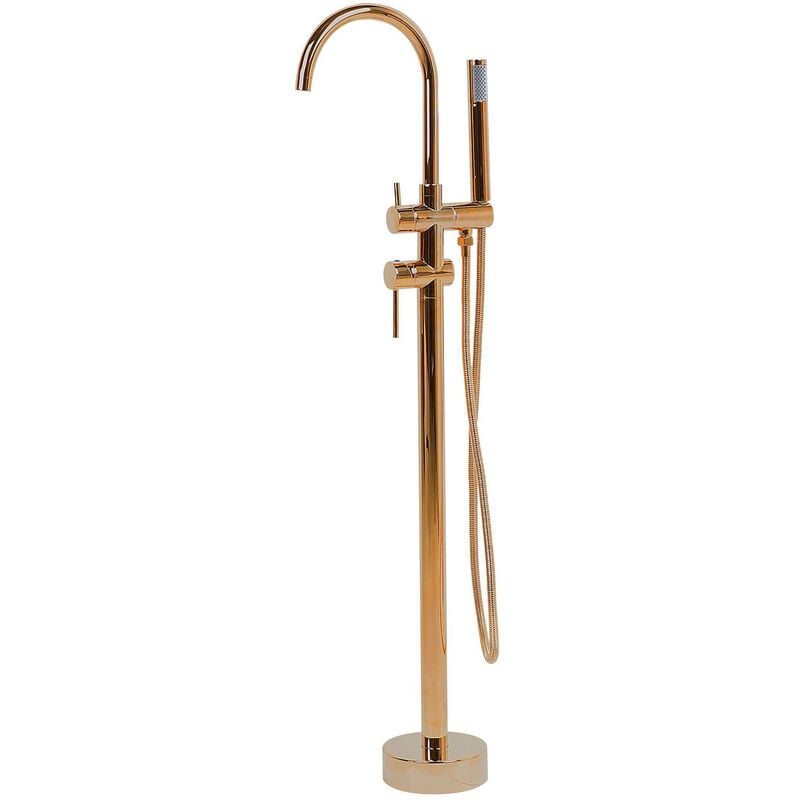
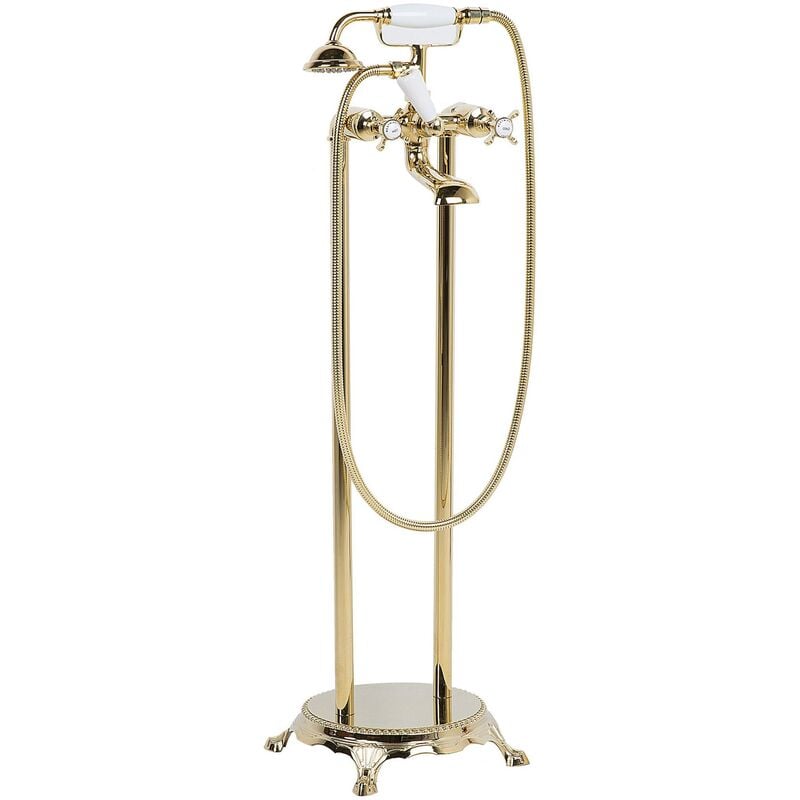
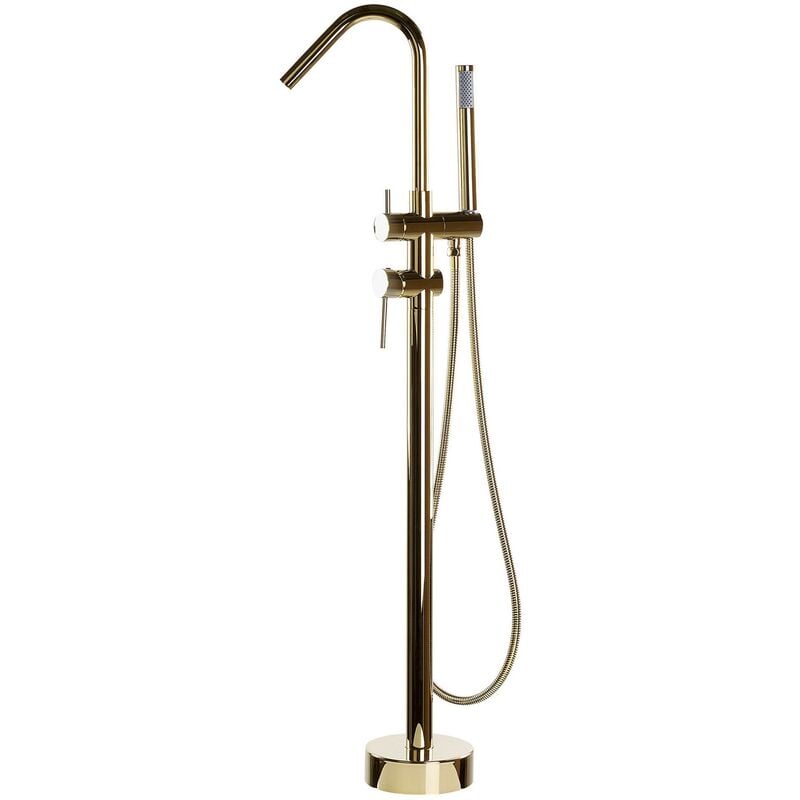
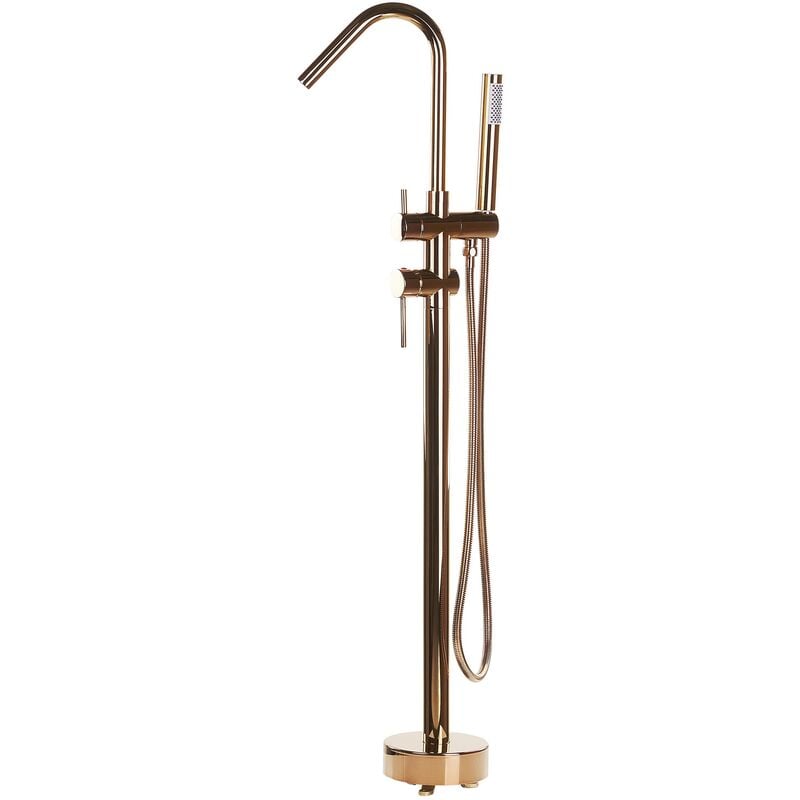
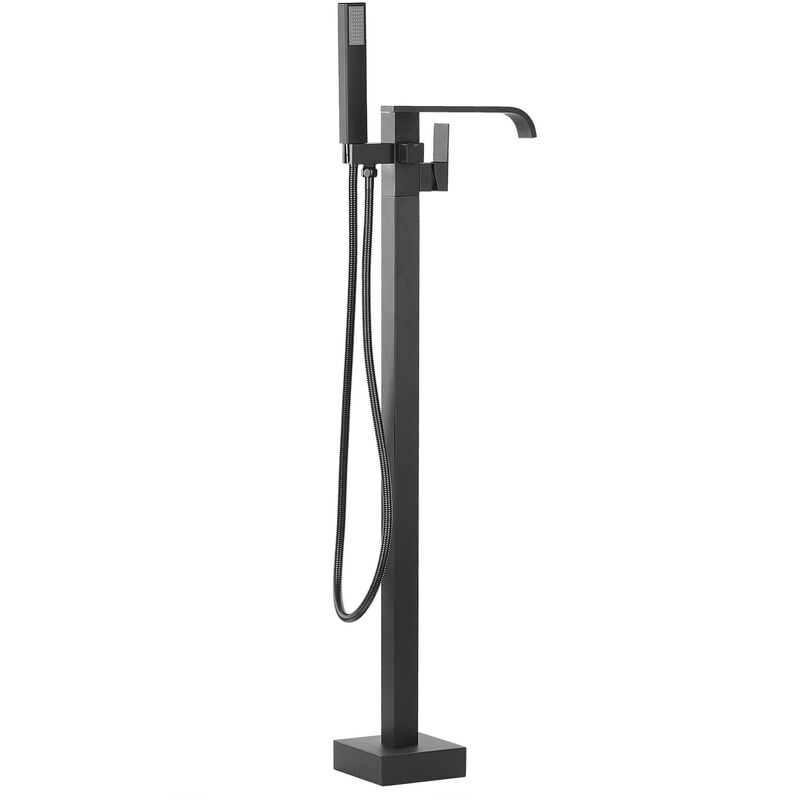
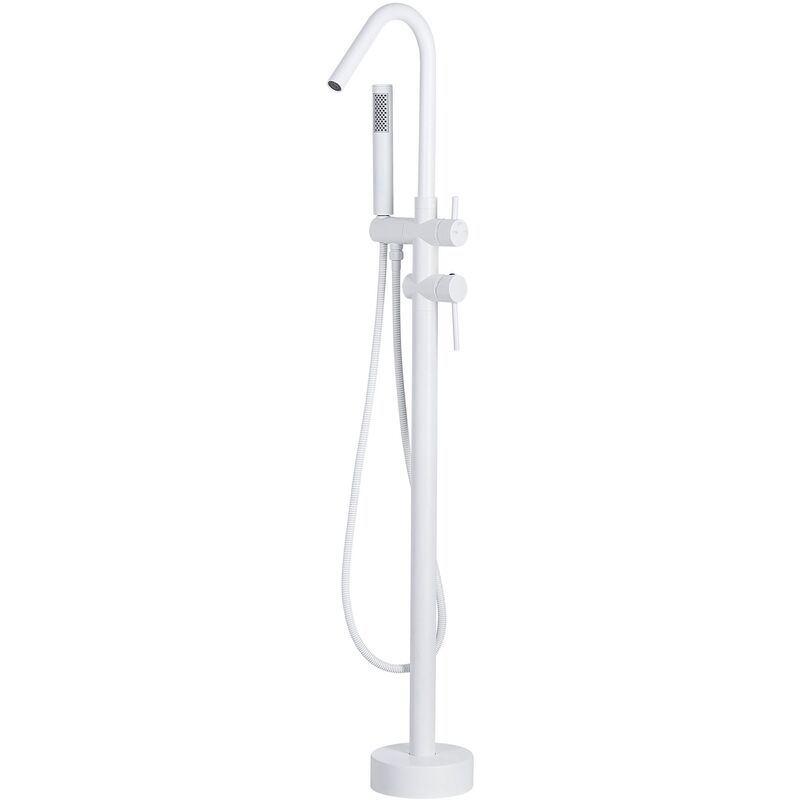
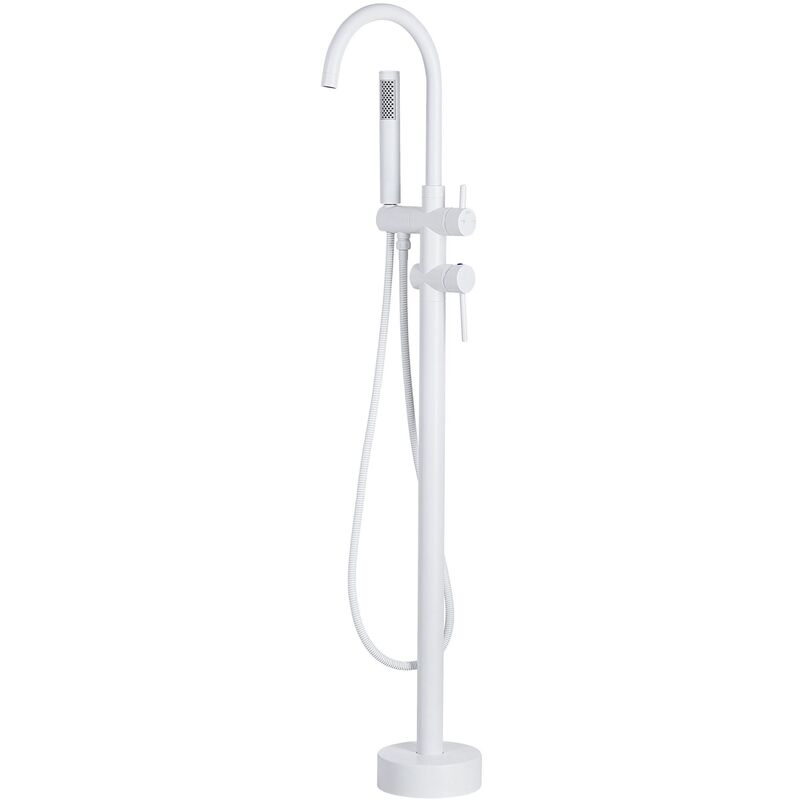
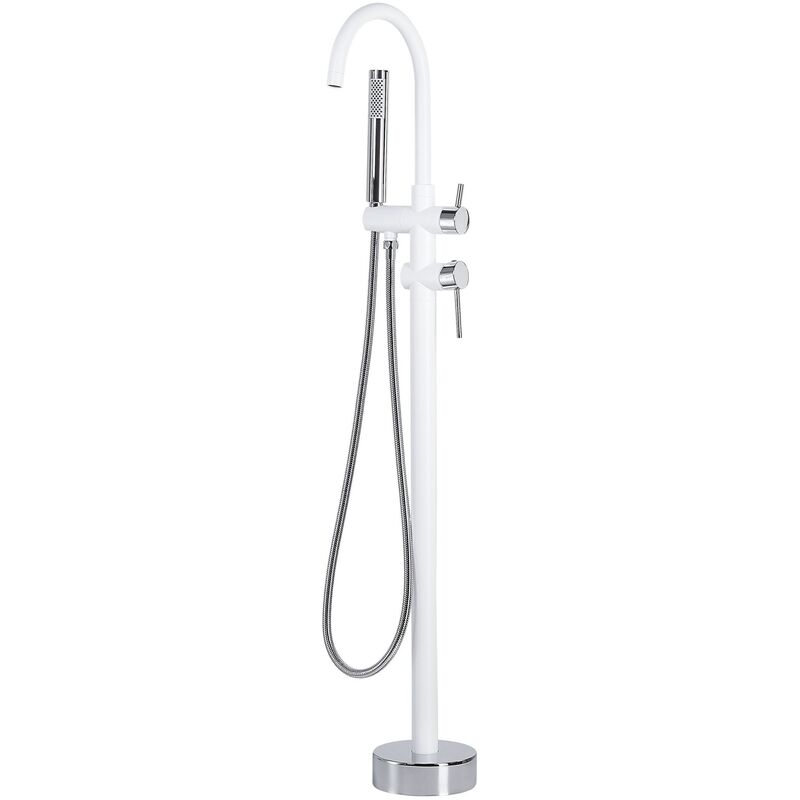
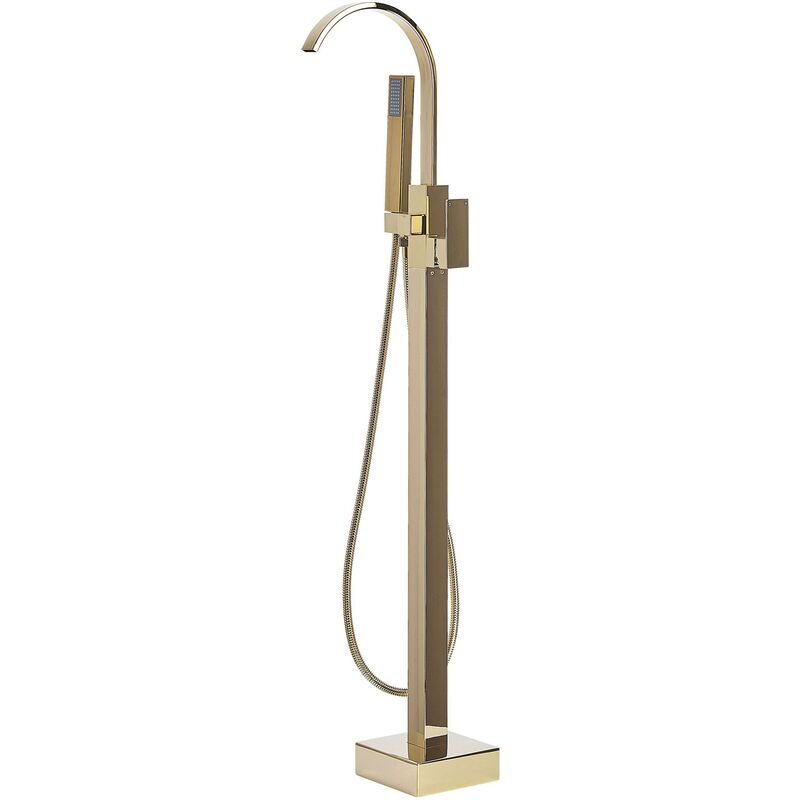
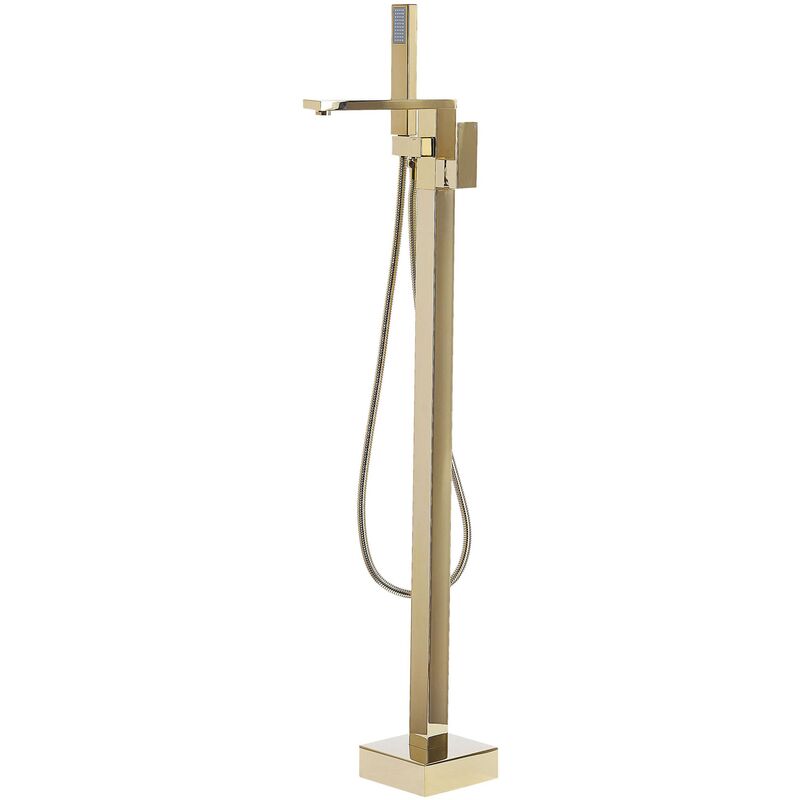
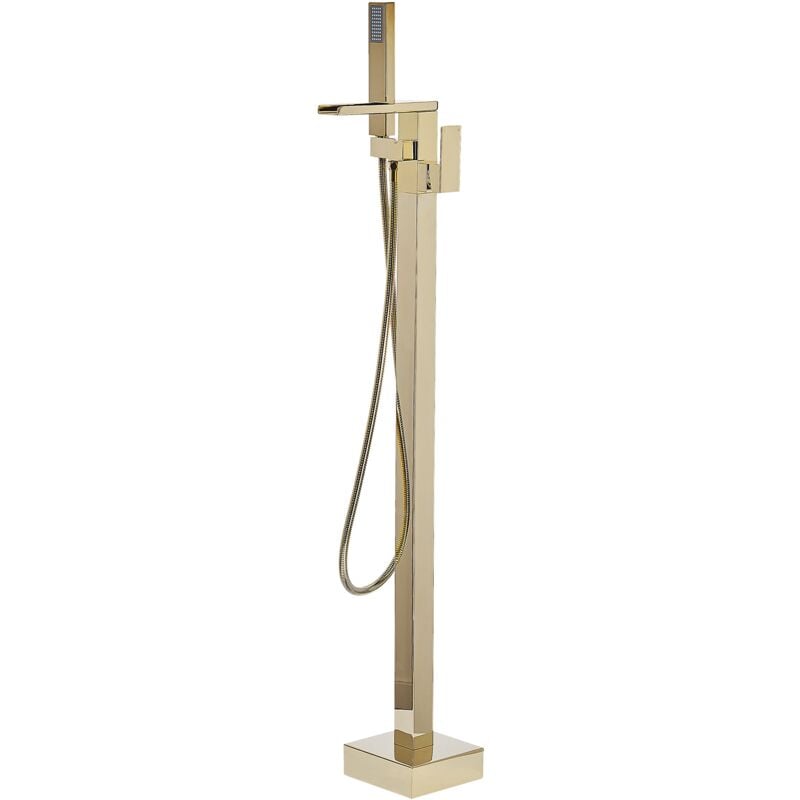
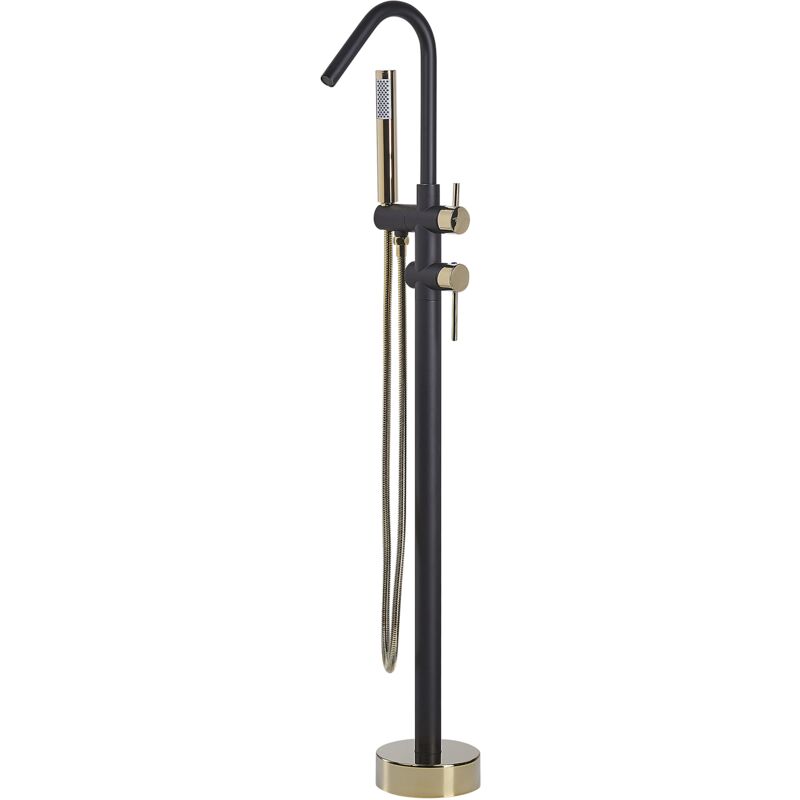
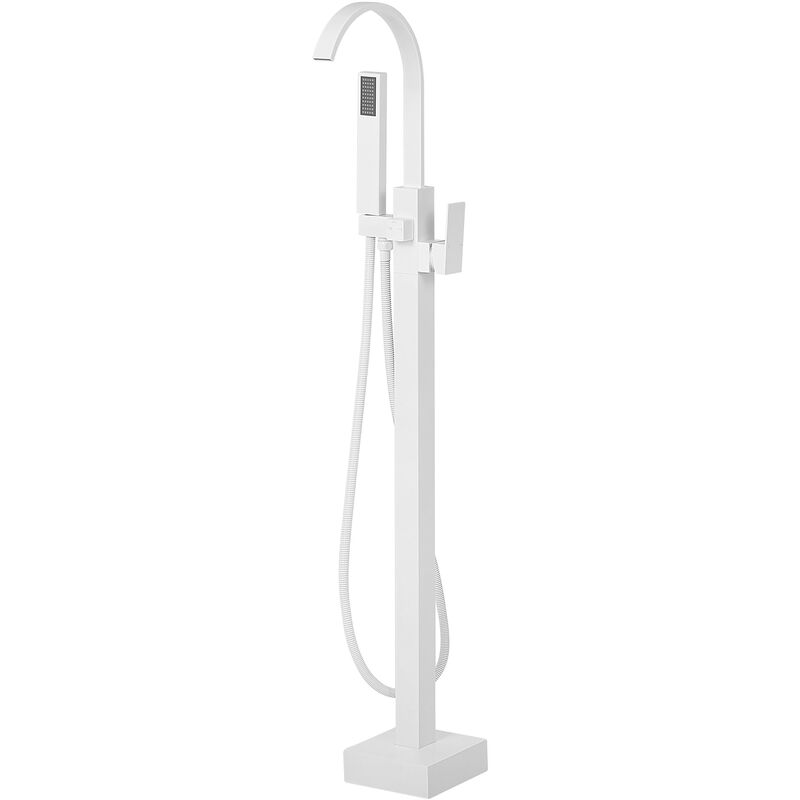
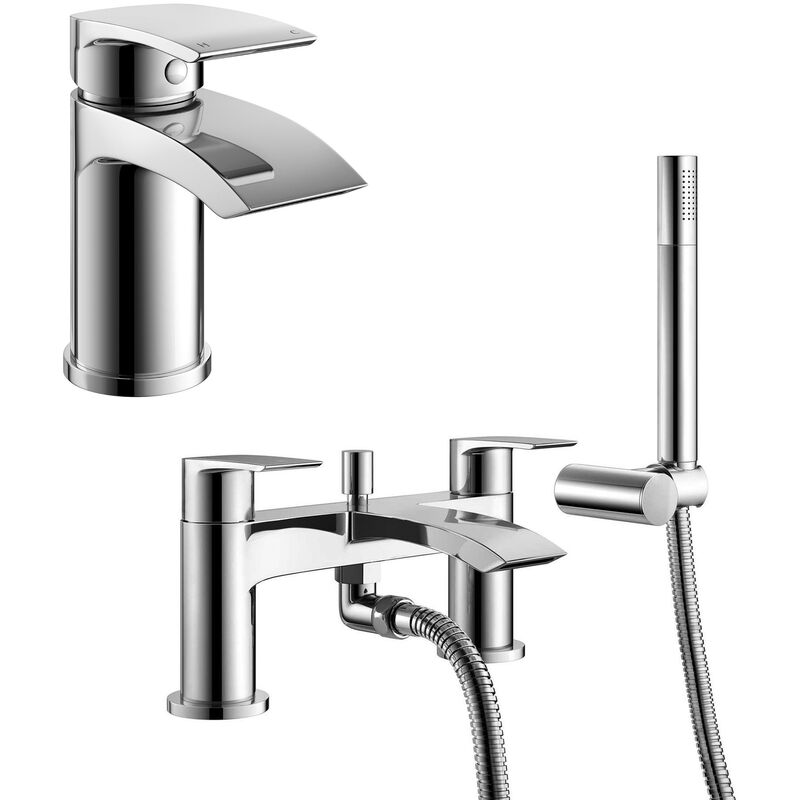
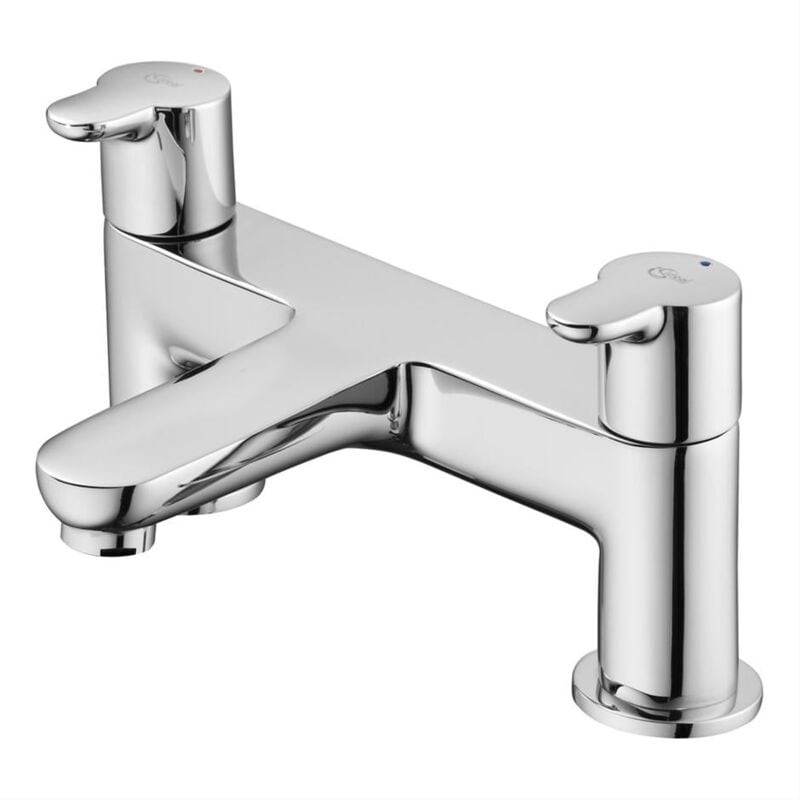
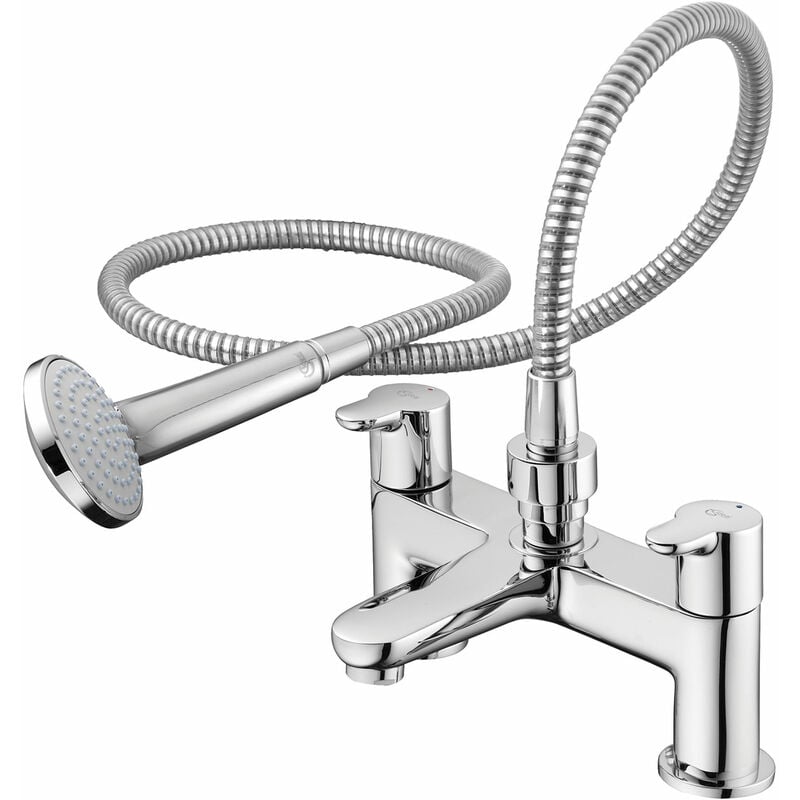
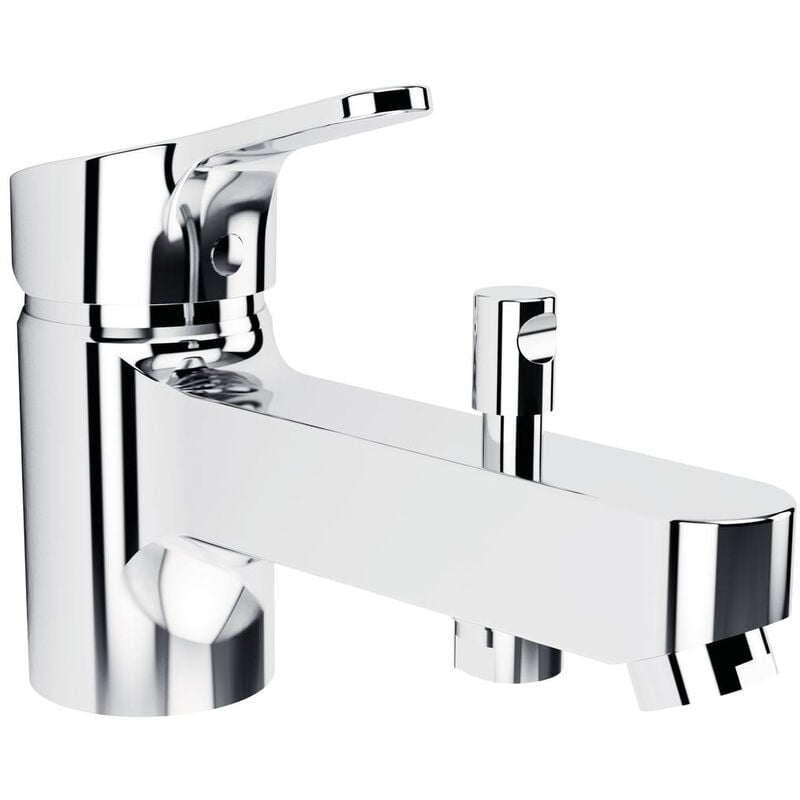
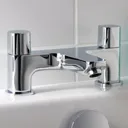
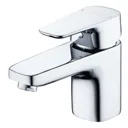
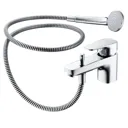
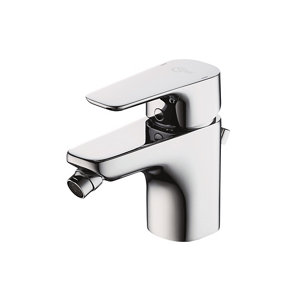
Everything you need to know about bath taps
Bath taps are an essential part of any bathroom, not only providing a functional purpose but also adding a stylish touch to your bath. With so many different styles and types available, it can be overwhelming to choose the right one for your needs. From traditional crosshead taps to contemporary mixer taps, there is a vast range of options to consider. In this blog post, we will take a closer look at the different types of bath taps available, the benefits of each style, and how to choose the perfect one for your bathroom. Whether you're renovating your bathroom or simply upgrading your bath taps, this guide will help you make an informed decision.
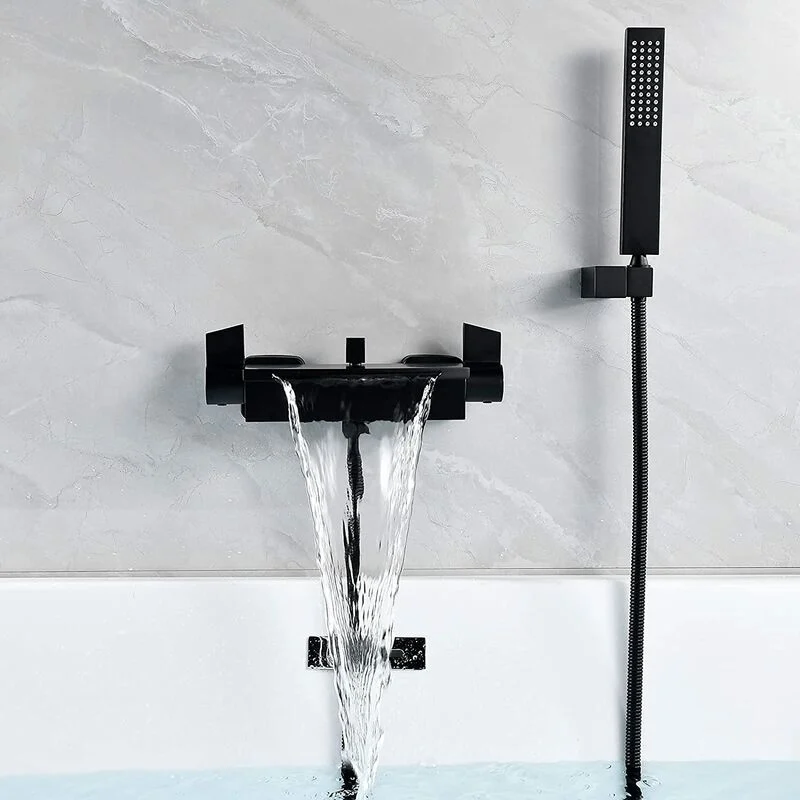
Do all bath taps fit all baths?
No, not all bath taps fit all baths. The compatibility of bath taps with a particular bath depends on several factors, including the type and size of the bath, the location of the tap holes, and the design of the taps themselves. For example, some baths have pre-drilled holes for deck-mounted taps, while others may require wall-mounted taps or freestanding taps. It's important to choose bath taps that are compatible with your specific bath to ensure a proper fit and avoid leaks or damage. Before purchasing bath taps, it's a good idea to check the manufacturer's specifications or consult with a professional plumber to ensure compatibility.
Can you fit bath taps yourself?
Installing bath taps can be a complex task that requires knowledge of plumbing, and if you are not experienced in this area, it is recommended that you seek the help of a professional plumber. Attempting to install bath taps yourself, without the proper knowledge or tools, could result in damage to your plumbing or even injury.
If you do decide to install bath taps yourself, it is important to make sure that you have the correct tools, and that you follow the manufacturer's instructions carefully. Additionally, it is important to turn off the water supply to the taps before beginning any installation work.
If you are unsure about your ability to install bath taps yourself, it is always best to consult with a professional plumber who can help you get the job done safely and correctly.
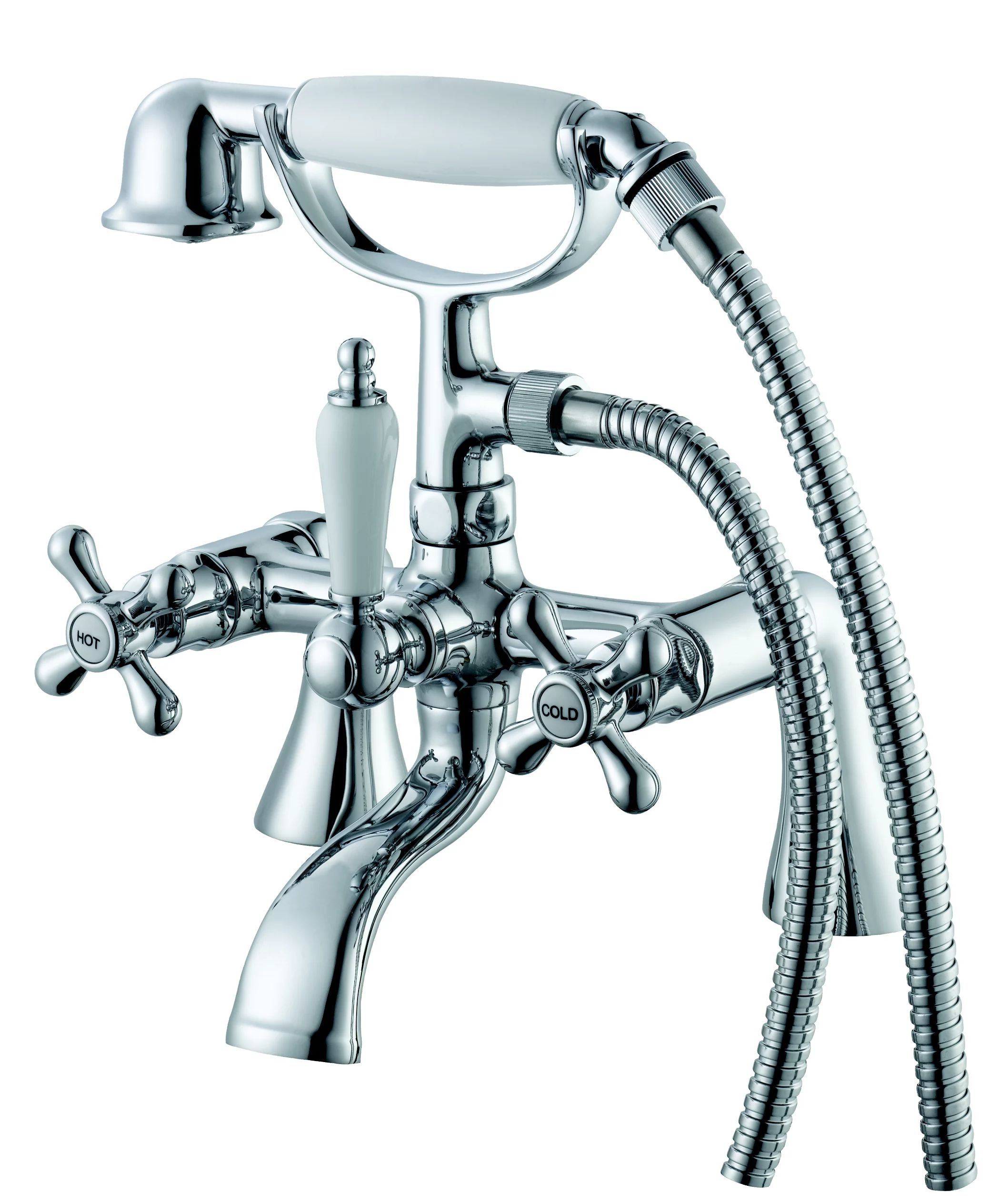
How do I change taps in the bath?
Replacing bath taps can be a complex task, and it is recommended that you seek the help of a professional plumber if you are not experienced in this area. However, if you feel confident in your plumbing abilities, here are the general steps you can follow to change the taps on a bath:
- Turn off the water supply: Before you start working on the taps, make sure to turn off the water supply to the bathroom. You can do this by shutting off the isolation valves under the bath or turning off the main water supply to your home.
- Remove the old taps: Use a wrench or pliers to remove the old taps from the bath. Be careful not to damage the surrounding tiles or plumbing.
- Clean the surface: Once you have removed the old taps, clean the surface around the tap holes to remove any residue or debris.
- Install the new taps: Follow the manufacturer's instructions to install the new taps. Make sure to use the correct washers, nuts, and bolts, and to tighten them securely.
- Reconnect the water supply: Once the new taps are installed, reconnect the water supply to the bathroom and turn the water back on. Test the new taps to make sure they are working properly and check for any leaks.
It is important to note that the process of changing taps on a bath can vary depending on the type of taps you are installing and the plumbing system in your home. If you are unsure about any part of the process, it is always best to consult with a professional plumber.
Are all taps standard size?
No, not all taps are standard size. The size and shape of taps can vary depending on the manufacturer, style, and type of tap. However, there are some common standard sizes that are widely used in the plumbing industry.
The most common tap sizes are 1/2 inch and 3/4 inch. These sizes refer to the diameter of the threaded end of the tap that connects to the plumbing pipes. In general, most taps are designed to fit onto standard plumbing fittings and connections.
It is important to note that not all taps are compatible with all plumbing systems, and it is important to choose the right size and type of tap for your specific plumbing needs. If you are unsure about the size of your taps or the compatibility of your plumbing system, it is always best to consult with a professional plumber.
Are all bath taps 22 mm?
No, not all bath taps are 22mm. The size of bath taps can vary depending on the manufacturer, style, and type of tap. While 22mm is a common size for bath taps, other sizes such as 15mm or 3/4 inch may also be used depending on the plumbing system and the type of tap being installed.
It is important to check the manufacturer's specifications for the specific tap you plan to install to ensure that it is compatible with your plumbing system and that you have the correct fittings and connectors. If you are unsure about the size of your bath taps or the compatibility of your plumbing system, it is always best to consult with a professional plumber.
Do you need silicone around bath taps?
Yes, it is recommended to silicone around bath taps after installation. Silicone creates a waterproof seal around the taps, preventing water from seeping through the gaps between the taps and the bathtub or wall, which can cause damage to the surrounding areas. To silicone around the bath taps, apply a thin, continuous bead of silicone sealant around the base of the taps, making sure to cover any gaps between the taps and the surface of the bathtub or wall. Smooth out the sealant with a caulking tool or your finger to create a neat, even finish. Allow the silicone to dry according to the manufacturer's instructions before using the taps.
It is important to note that if the taps have a rubber seal, it should be installed before applying the silicone sealant. If you are unsure about how to silicone around bath taps or any other plumbing-related tasks, it is always best to consult with a professional plumber.